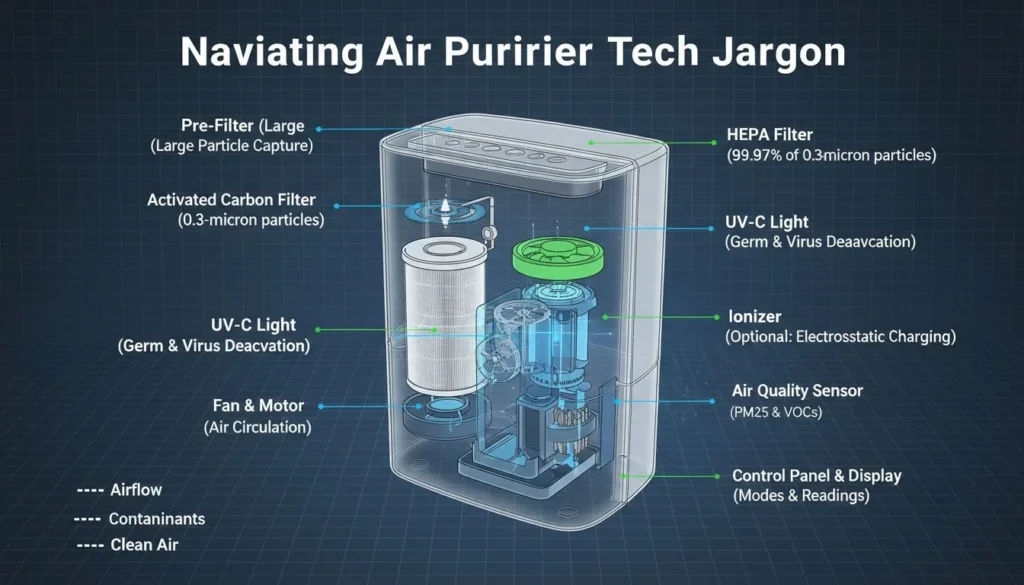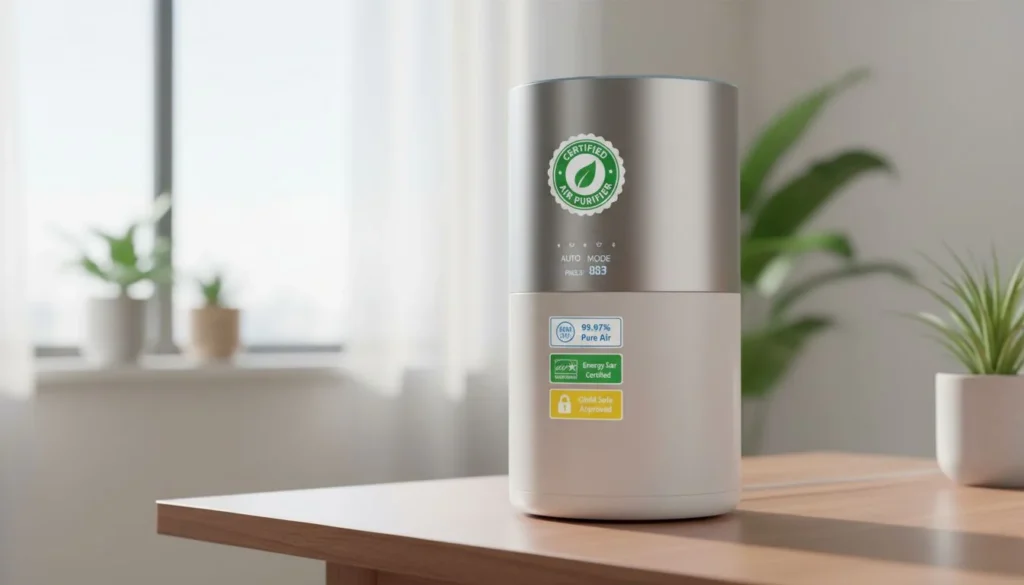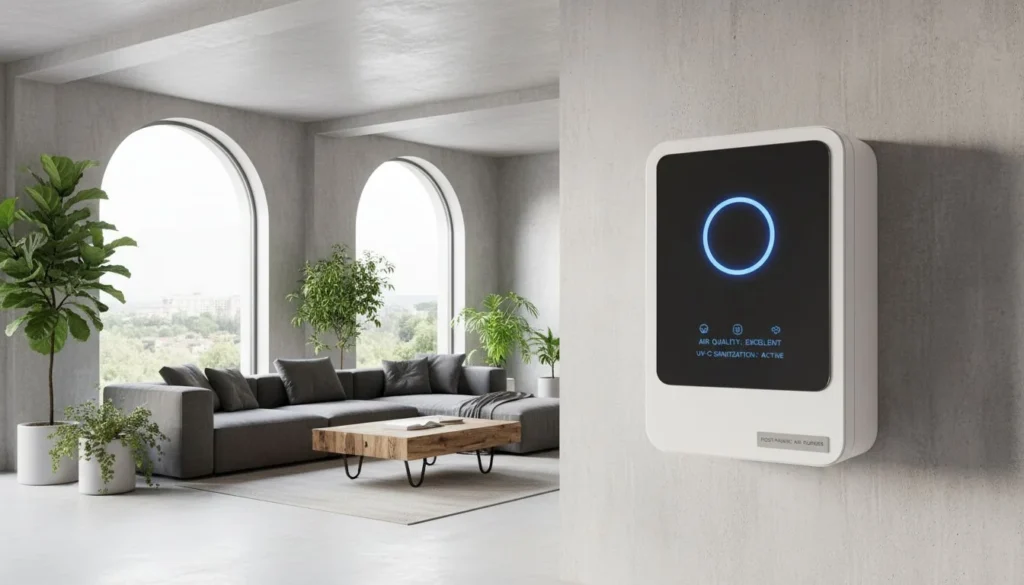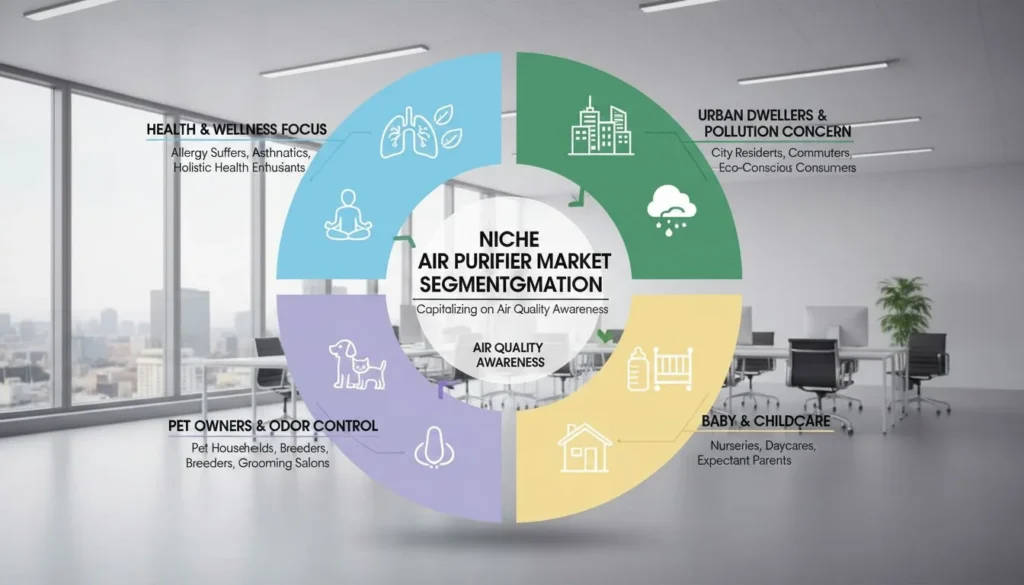
The onset of the COVID-19 pandemic brought air purifiers into the spotlight, transforming them from a niche product to a household necessity.
The COVID-19 pandemic caused a surge in air purifier demand as consumers sought to protect indoor air quality against airborne viruses. This led to increased competition, with many new brands entering the market, though some later faced challenges post-pandemic.
While the immediate spike in demand has subsided, the pandemic's impact on consumer awareness regarding air quality remains significant. This blog explores how market dynamics have shifted and what the future holds for air purifiers.
COVID-19 increased air purifier demand due to health concerns.True
The pandemic raised awareness of indoor air quality, boosting sales.
What Factors Drove the Surge in Air Purifier Demand During COVID-19?
As COVID-19 spread globally, air purifiers saw unprecedented demand, reflecting a shift in consumer priorities.
During the COVID-19 pandemic, heightened health concerns and increased time spent indoors significantly drove the demand for air purifiers. Consumers became more aware of indoor air quality, leading to a surge in sales as people sought to mitigate the risk of airborne virus transmission.
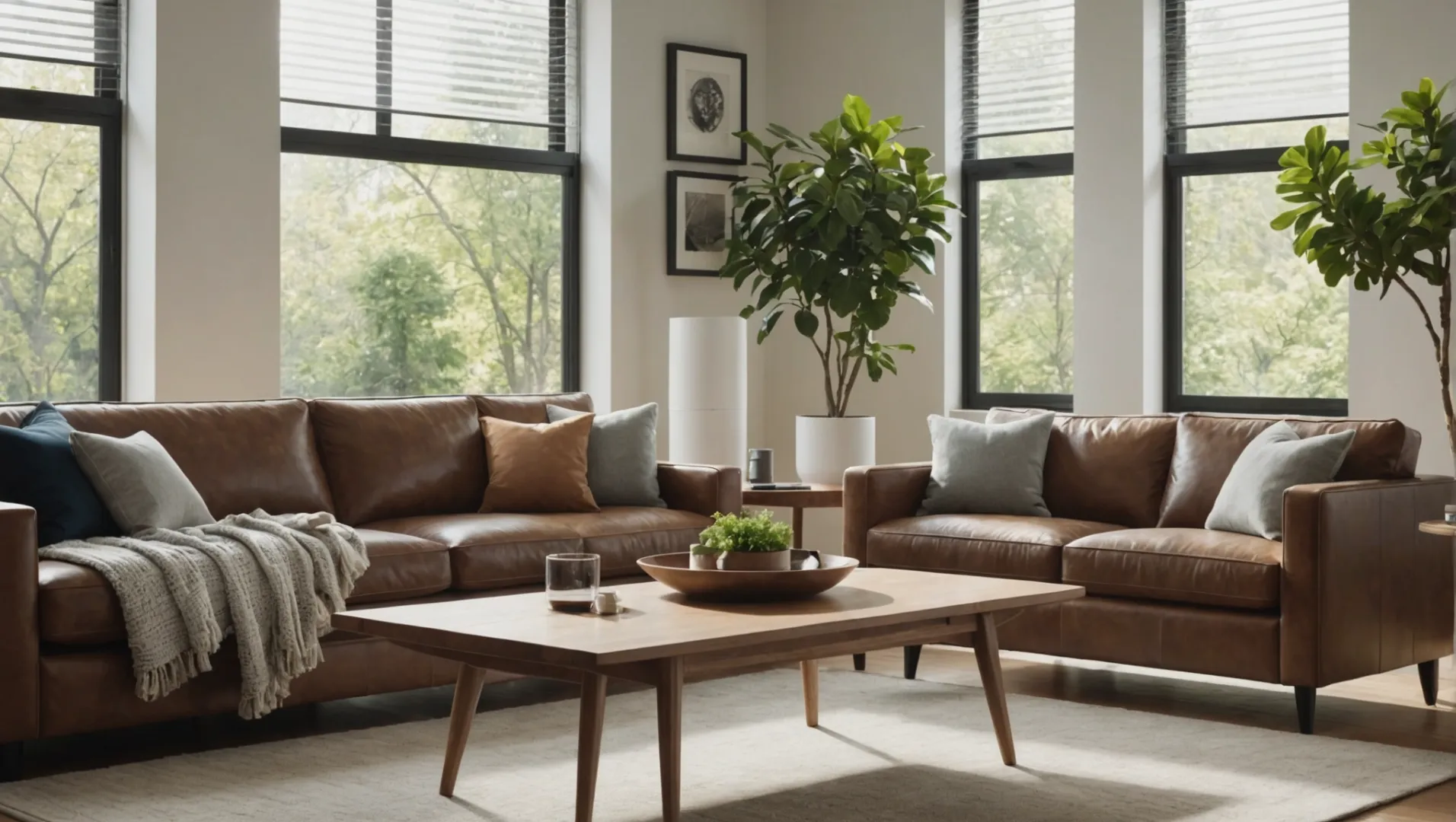
Increased Health Concerns and Virus Protection
With the onset of the COVID-19 pandemic, people became acutely aware of the dangers posed by airborne viruses. As a result, there was a marked increase in demand for products that could potentially reduce exposure to these pathogens. Air purifiers, which can filter out airborne particles, quickly became popular as a preventative measure against virus transmission. The demand was particularly pronounced in urban areas where population density is high and ventilation in buildings may be suboptimal.
Rise in Home Environment Improvements
The pandemic forced many people to spend more time indoors due to lockdowns and remote working arrangements. This shift led to a greater focus on improving home environments. Consumers began investing in products that could enhance indoor air quality, such as air purifiers. The increase in home-based activities also resulted in more indoor pollutants, such as those from cooking and cleaning, making air purifiers an attractive option.
Market Competition and Brand Proliferation
The demand surge attracted many new entrants to the market, significantly increasing competition. A wide array of new brands launched air purifiers, each claiming unique benefits or advanced technologies. This intense competition drove innovation but also led to market saturation. Some brands thrived by offering superior products or effective marketing strategies, while others struggled to maintain market share post-pandemic.
| Key Factors | Impact on Demand |
|---|---|
| Health Concerns | Increased awareness and preventive measures |
| Indoor Air Quality | Improved home environments due to prolonged indoor stay |
| Market Competition | Proliferation of brands and innovation |
Future Implications and Emerging Trends
Even as the immediate panic subsides, the heightened awareness about indoor air quality remains. This awareness is likely to sustain demand in the wellness and health sectors, especially as consumers continue to seek solutions for removing not just viruses, but also smoke, odors, and volatile organic compounds (VOCs). The potential for future government legislation aimed at regulating air quality standards, such as setting minimum Air Changes per Hour (ACH) requirements, could further influence market dynamics.
To explore more about how consumer habits have changed post-pandemic and what this means for the air purifier market, you might want to look into consumer awareness evolution1 and how government policies could impact2 future demand.
Air purifiers reduce airborne virus transmission risk.True
Air purifiers filter particles, potentially lowering virus exposure.
Demand for air purifiers decreased during COVID-19.False
Demand increased due to heightened health concerns and indoor time.
How Did New Market Entrants Change the Competitive Landscape?
The COVID-19 pandemic saw a flood of new brands in the air purifier market, altering the competitive landscape significantly.
New market entrants during the COVID-19 pandemic increased competition in the air purifier industry, leading to lower prices and more innovation but also resulting in some companies going bankrupt post-pandemic.
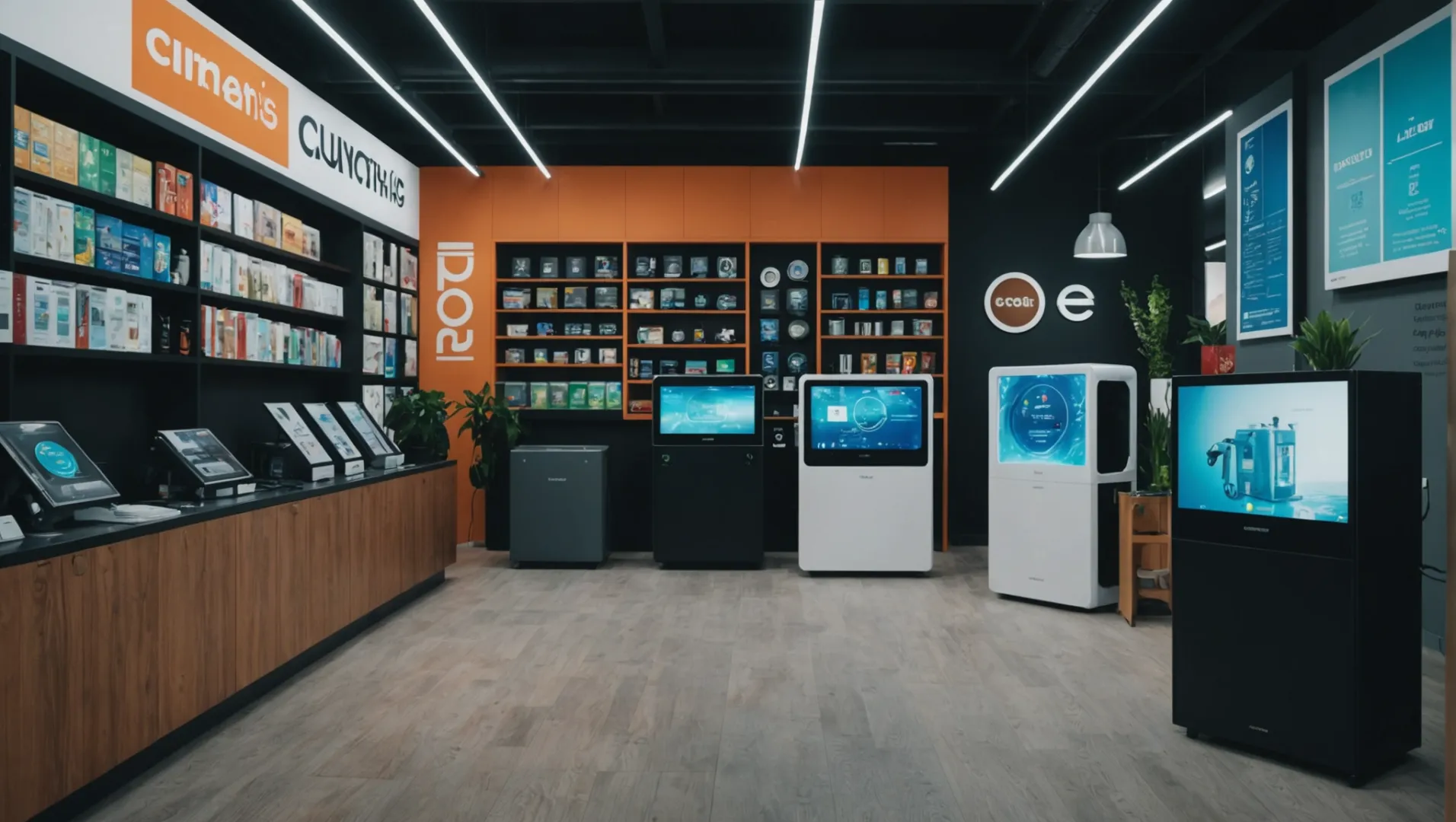
The Pandemic's Impact on Market Entry
The air purifier market experienced unprecedented growth during the COVID-19 pandemic as people became more conscious of indoor air quality. With a booming demand, many new companies entered the market. This influx of new entrants led to a hyper-competitive environment3 that drastically changed the market dynamics.
The Rise of Competition and Innovation
With numerous brands vying for consumer attention, competition became fierce. This not only drove prices down but also encouraged innovation. Companies were compelled to enhance product features, such as increased filtration capabilities, quieter operation, and smart technology integration.
A comprehensive comparison of key factors, such as price, technology, and consumer ratings, showed how competition fueled advancements:
| Factor | Pre-Pandemic | During Pandemic | Post-Pandemic |
|---|---|---|---|
| Average Price | High | Lower | Stabilized |
| Innovation Rate | Moderate | High | Sustained |
| Brand Visibility | Few Leaders | Many New Brands | Some Consolidation |
Post-Pandemic Challenges and Market Consolidation
Despite the initial boom, not all new entrants could sustain their business post-pandemic. As demand normalized, companies without strong financial backing or innovative products struggled to maintain market share. This resulted in several bankruptcies and exits4 from the market.
However, this phase also paved the way for consolidation, where established brands acquired or merged with smaller players. The consolidation helped stabilize the market and set the stage for long-term growth as the air purifier industry continues to evolve.
The Role of Consumer Awareness
The heightened awareness about air quality persists, keeping demand relatively high even after the pandemic. Consumers now expect more from their air purifiers beyond just virus removal. Features like odor and smoke elimination, along with VOC (volatile organic compounds) filtration, are increasingly sought after.
The continual emphasis on wellness and health is likely to ensure sustained interest in air purifiers, especially with anticipated legislation5 in regions like the US promoting stricter air quality standards.
New brands lowered air purifier prices during COVID-19.True
Increased competition led to reduced prices as companies vied for consumers.
All new air purifier companies thrived post-pandemic.False
Many new entrants struggled post-pandemic, leading to bankruptcies and exits.
What Role Will Government Legislation Play in Future Demand?
Government legislation could be a pivotal factor in shaping future air purifier demand, especially with new regulations on the horizon.
Government legislation, such as the anticipated US regulations mandating six air changes per hour (ACH) in enclosed spaces, is expected to significantly boost the demand for air purifiers. These regulatory measures aim to ensure better indoor air quality, influencing both consumer behavior and market dynamics.
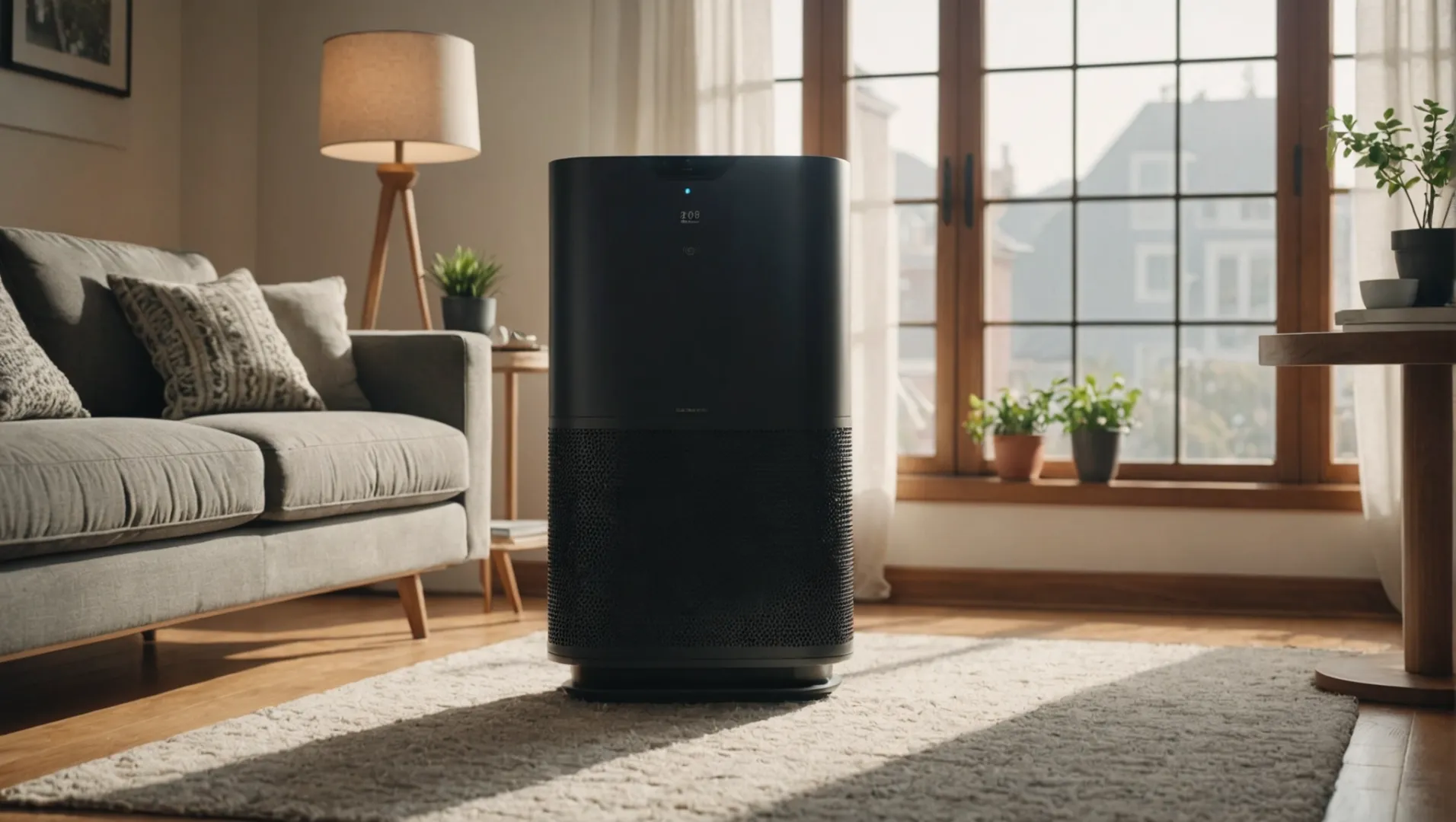
Understanding the Impact of Air Quality Regulations
The role of government legislation in future demand for air purifiers cannot be underestimated. One prominent example is the forthcoming US regulation mandating six air changes per hour (ACH) in enclosed spaces. This regulation is part of a broader initiative to enhance indoor air quality standards following heightened awareness from the COVID-19 pandemic.
The Air Change per Hour (ACH)6 metric measures how often air is replaced within a given space. By enforcing a minimum standard, the government aims to improve health outcomes by reducing airborne contaminants. This regulation is expected to drive demand for more efficient and higher-capacity air purifiers capable of meeting these new standards.
The Ripple Effect on the Market
With the enforcement of these regulations, both commercial and residential sectors are likely to see a shift. Businesses, schools, and healthcare facilities will need to comply with these standards, potentially leading to bulk purchases of compliant air purifiers. This legislative move could also lead to innovations in air purification technology as manufacturers strive to meet new efficiency standards.
Broader Global Implications
While US legislation may set a precedent, it's likely that other countries will follow suit, adopting similar standards. As global awareness of air quality issues grows, international markets could see an increased demand for products that meet these rigorous standards. This could open up new export opportunities for manufacturers who quickly adapt to these regulatory requirements.
Potential Challenges and Considerations
However, there are potential challenges. Compliance costs may be a burden for small businesses or organizations with limited budgets. Moreover, there may be a need for public education campaigns to ensure that both consumers and businesses understand the importance and benefits of adhering to these standards.
In conclusion, while government legislation may initially seem burdensome, it can act as a catalyst for innovation and growth within the air purifier market. As we move towards more stringent air quality standards globally, staying informed and adaptable will be key for both consumers and industry stakeholders.
US regulations will mandate six ACH in enclosed spaces.True
The anticipated US regulation will require six air changes per hour.
Compliance costs will not affect small businesses.False
Small businesses may struggle with the costs of meeting new standards.
How Has Consumer Awareness of Air Quality Evolved Post-Pandemic?
The COVID-19 pandemic heightened global awareness about air quality, turning it into a major public concern.
Post-pandemic, consumer awareness of air quality has increased significantly. People now recognize the importance of air purifiers not only for virus removal but also for eliminating pollutants like odors, smoke, PM, and VOCs.

The Shift in Perception
Before the pandemic, air quality might have been an afterthought for many. However, as lockdowns emphasized the importance of healthy indoor environments, people began considering what they breathe in their own homes. This heightened awareness7 has persisted beyond the pandemic's peak.
Influence of Media and Information
Increased media coverage during the pandemic played a crucial role in educating the public about air quality. Reports highlighting the potential risks of poor air circulation and airborne pathogens have influenced consumer behavior. Today, individuals actively seek information on maintaining clean air, further driving demand for high-quality air purifiers.
Expanding Concerns Beyond Viruses
While initially driven by virus protection, consumer concerns have expanded to include other air quality factors. People are now aware of the risks posed by particulate matter8, volatile organic compounds (VOCs), and other pollutants. This shift is leading to a more comprehensive approach to indoor air management.
| Pollutant Type | Common Sources | Health Impacts |
|---|---|---|
| Particulate Matter (PM) | Smoke, dust, pollen | Respiratory issues, heart disease |
| VOCs | Paints, cleaning products | Headaches, liver damage |
| Odors | Cooking, pets | Discomfort, nausea |
The Role of Legislation
Future government regulations are expected to reinforce this trend. In the U.S., upcoming legislation mandating six air changes per hour (ACH) could make air purifiers an even more integral part of homes and offices. This reflects a growing acknowledgment at the policy level of air quality's impact on public health.
A Global Phenomenon
The rise in awareness is not confined to one region but spans across continents. With international media sharing insights and research, consumers worldwide are demanding better solutions for their indoor air quality needs. This global trend suggests a permanent shift in how air quality is perceived and prioritized in daily life.
Air quality awareness increased post-pandemic.True
The pandemic highlighted air quality concerns, leading to increased awareness.
Legislation mandates six air changes per hour in homes.False
While discussed, such legislation is not yet mandated in the U.S.
Conclusion
The pandemic has permanently altered perceptions of air quality, paving the way for future growth in the air purifier market. Stay informed about legislative changes and evolving consumer needs to capitalize on emerging opportunities.
-
Discover how consumer habits have evolved post-pandemic.: For example, Environmental Consciousness has increased significantly during the COVID-19 pandemic, manifested in consumers making efforts to ... ↩
-
Learn about potential regulations affecting future air purifier demand.: Under the Clean Air Act (CAA), EPA sets limits on certain air pollutants, including setting limits on how much can be in the air anywhere in the United States. ↩
-
Understand how increased competition influenced product offerings and pricing.: The market is driven by growing air pollution levels. In addition, technological innovation and portfolio extension leading to product ... ↩
-
Explore why some companies couldn't sustain operations post-pandemic.: Applied UV Inc., which acquired four air purification companies between 2021 and 2023, filed for bankruptcy protection Friday, citing $1 million ... ↩
-
Learn about potential regulations affecting future air purifier demand.: A bill to facilitate efficient State implementation of national ambient air quality standards, and for other purposes. ↩
-
Learn about ACH metrics crucial for indoor air quality compliance.: Air changes per hour, abbreviated ACPH or ACH, or air change rate is the number of times that the total air volume in a room or space is completely removed and ... ↩
-
Explore detailed insights on how COVID-19 raised air quality concerns.: Notably, the impact of the COVID-19 pandemic had a more significant impact on sustainable consumption fluency, followed by environmental ... ↩
-
Learn about the dangers of particulate matter and its health effects.: Health Effects · premature death in people with heart or lung disease · nonfatal heart attacks · irregular heartbeat · aggravated asthma · decreased ... ↩


